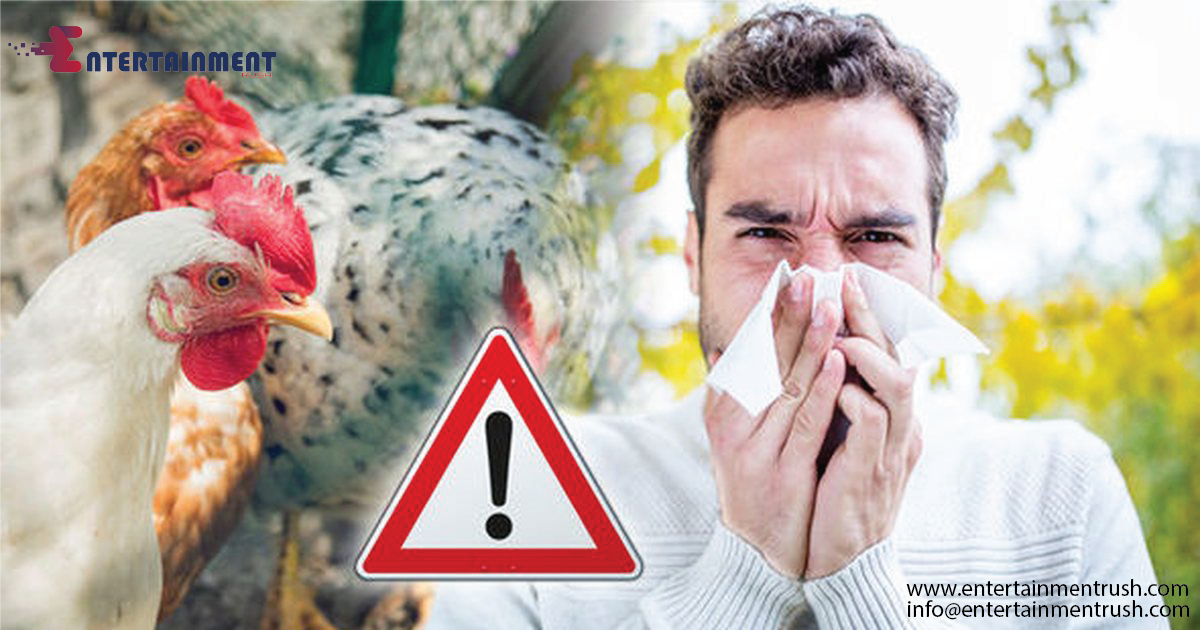In a concerning development, the spread of bird flu has now resulted in the infection of a person after making its way through cows. This revelation has sparked new concerns and calls for vigilance among health officials and the general public alike. The news comes as a stark reminder of the ever-evolving nature of infectious diseases and the interconnectedness of our world. Bird flu, also known as avian influenza, is a highly contagious viral infection that primarily affects birds. However, as seen in this recent case, it can also pose a risk to humans, especially when transmitted through close contact with infected animals.
How Did This Happen?
The transmission of bird flu to humans often occurs through direct contact with infected birds or their droppings. However, the situation becomes more complicated when the virus finds its way into other animals, such as cows, which are in closer proximity to human populations. In this instance, the virus likely spread from infected birds to cows through contact or contaminated feed. Cows can serve as intermediate hosts, allowing the virus to mutate and potentially become more transmissible to humans. Recent studies have shown that the H5N1 strain of the avian influenza virus, commonly known as bird flu, can survive for extended periods in the environment. This resilience contributes to its ability to infect other animal species, such as cows, and poses a challenge for containment efforts.
Signs and Symptoms
For those who may have been exposed to bird flu through contact with infected animals, knowing the signs and symptoms is crucial. While the symptoms can vary, they often include:
Fever
Cough
Sore throat
Muscle aches
Difficulty in breathing
Fatigue
In severe cases, bird flu can lead to pneumonia and other life-threatening complications. It is essential to seek medical attention promptly if you develop symptoms, especially if you have recently been in contact with birds or farm animals.
Prevention and Precautions
Preventing the spread of bird flu requires a combination of public health measures and individual precautions. Here are some steps you can take to protect yourself and others:
Avoid Close Contact with Birds
If you live in or visit areas where bird flu has been reported, avoid contact with live poultry and wild birds.
Practice Good Hygiene
Wash your hands frequently with soap and water, especially after handling animals or visiting farms. Use hand sanitizer if soap and water are not available.
Cook Meat Thoroughly
Ensure that poultry and eggs are cooked thoroughly before consumption. Proper cooking kills the virus and reduces the risk of infection.
Wear Protective Gear
If you work with animals, wear protective clothing, gloves, and masks to minimize exposure to droppings and respiratory secretions.
Stay Informed
Keep yourself updated on local health advisories and any reports of bird flu outbreaks in your area.
The Importance of Vigilance
While the case of a person being infected with bird flu following its spread to cows is concerning, it also serves as a reminder of the importance of vigilance and proactive measures in disease control.
Health authorities are closely monitoring the situation, and efforts are underway to contain the spread of the virus. However, everyone plays a role in preventing further infections by staying informed, following recommended precautions, and seeking medical attention when needed.
Conclusion
In conclusion, the recent development underscores the need for a coordinated and vigilant approach to public health. By taking necessary precautions and staying informed, we can work together to mitigate the risks posed by infectious diseases like bird flu.
Stay safe, stay informed, and let’s prioritize our health and well-being as we navigate these challenges together.




Leave feedback about this